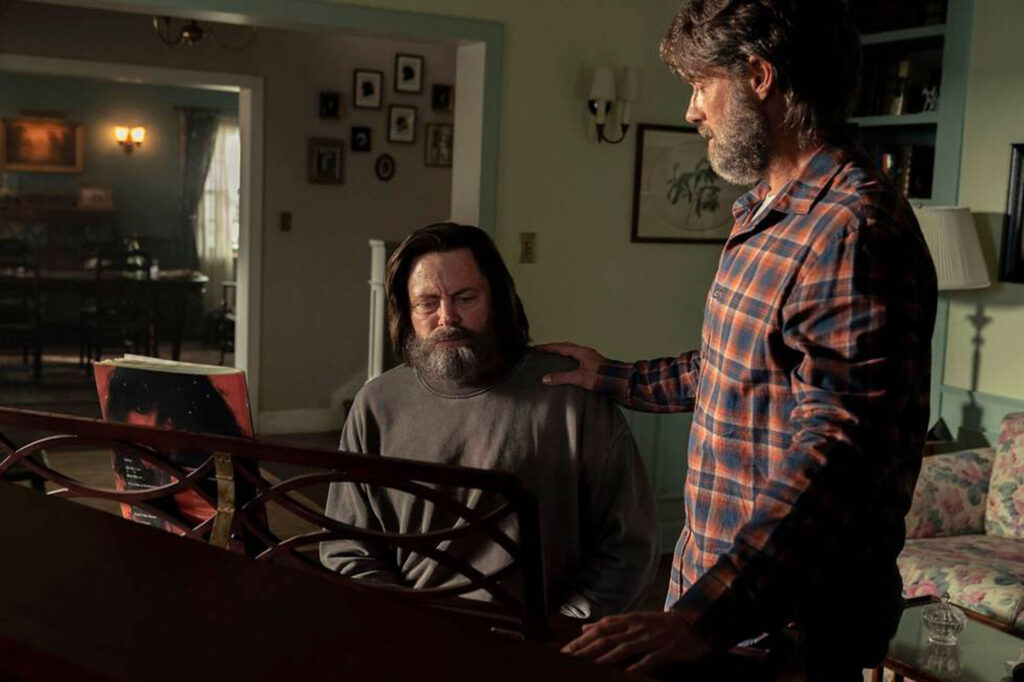The Last of Us: Natural Gas Remains Reliable Even During the Apocalypse
WARNING: This blog post contains spoilers for Episode 3 of HBO’s “The Last of Us”

While the average viewer might consider Frank and Bill to be the main stars of the third episode of “The Last of Us,” there was a third star that enabled multiple critical plot points throughout the episode: natural gas.
Bill, a paranoid survivalist played by Nick Offerman, was ready for the apocalypse. Once the inhabitants of his town were ostensibly evacuated to a quarantine zone, Bill immediately sprang into action by securing his first priority: reliable energy, supplied by natural gas. Taking advantage of his engineering knowledge, Bill restores the gas to his empty community*. His first stop to make sure the gas is working, of course, is to make sure that his natural gas stove still provides that familiar blue flame.
Bill is an expert chef and a man of refinement who knows to pair rabbit with Beaujolais. When the hapless but intriguing Frank literally stumbles into his domain, an initially reluctant Bill uses that natural gas stove – still reliable even after the apocalypse – to cook him a meal that would be more at home in a Michelin star restaurant than in the ruins of postapocalyptic America.
This meal helps to spark arguably the most moving romance ever shown on television. The ups and downs of their relationship are chronicled in an episode spanning decades. Natural gas remains a constant in the background of the show. In a New England bereft of warmth, their home is an exception, kept warm by Bill’s foresight in maintaining the local natural gas system. In a world where the lights, both literal and metaphorical, have largely gone out, their home stays lit. Natural gas even fuels the defenses that keep their little oasis safe against zombies and raiders alike. And finally, much as it was used to cook their first meal together, Bill uses it to cook their final meal; rabbit, and, once again, Beaujolais.
“The Last of Us” is a show that is at its best when based in reality. The Cordyceps fungus behind the zombie plague exists in real life and does much the same thing to ants (though epidemiologists take pains to note that it has no ability to do the same to humans in real life). The zombies exist as a backdrop to allow the show to explore human relationships to their fullest; some cut short too soon, and others allowed to play out in their full glory. Nowhere is this more apparent than in the show’s treatment of natural gas.
Every day, natural gas provides affordable, reliable energy across America. One hundred and eighty seven million Americans use natural gas every day. Natural gas use for electricity has given America the cheapest electricity on the planet, bringing jobs and investment from across the globe. It helps to protect the environment by providing a reliable way to decrease emissions. Virtually everyone who ever fell in love on a date at a restaurant likely did so over meals cooked with natural gas. The affordability of natural gas (half to a third the price of alternatives like electricity) saves an estimated 11,000 American lives every year.
In real life, we don’t have zombies to deal with. Nonetheless, we should all give thanks for natural gas.
*Editor’s note: If you experience an outage in your gas service, do not attempt to turn off or turn on your gas. Always call your gas utility for assistance.
